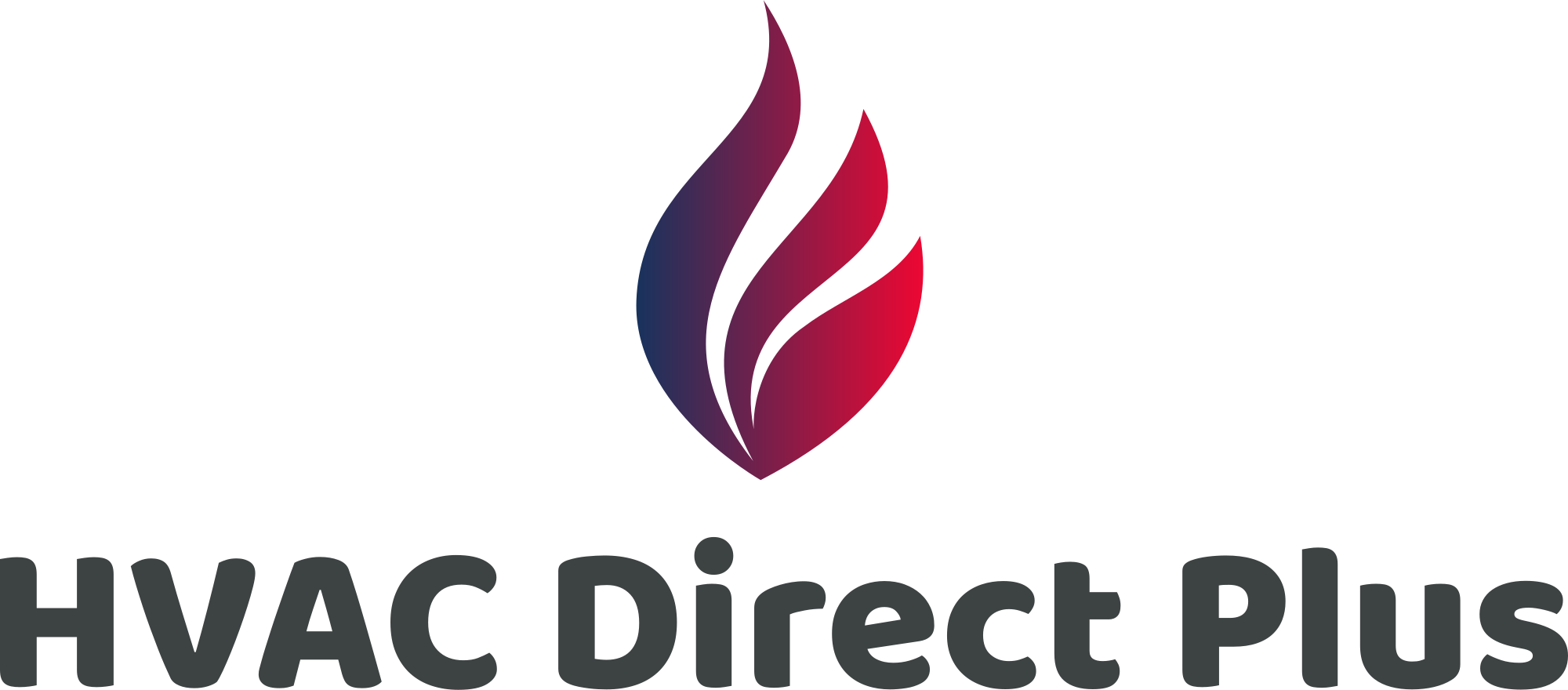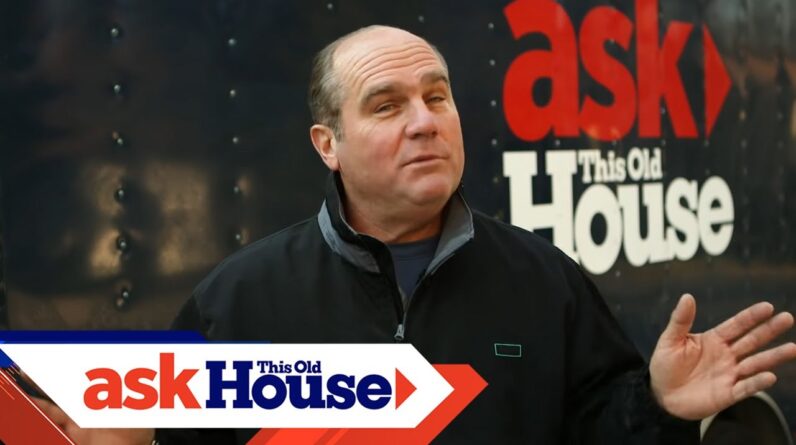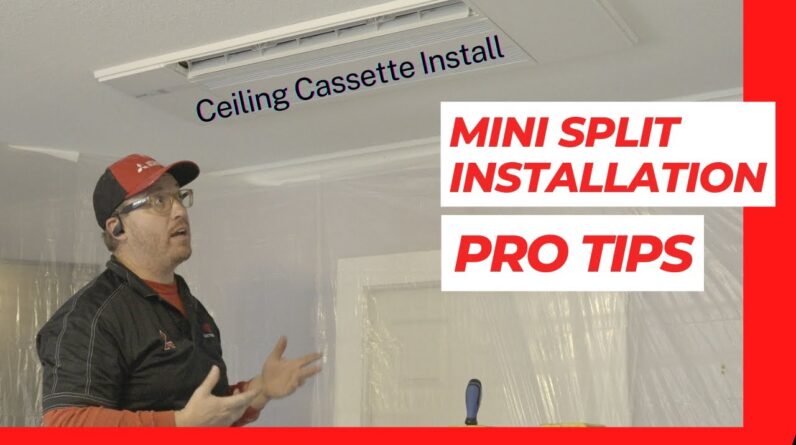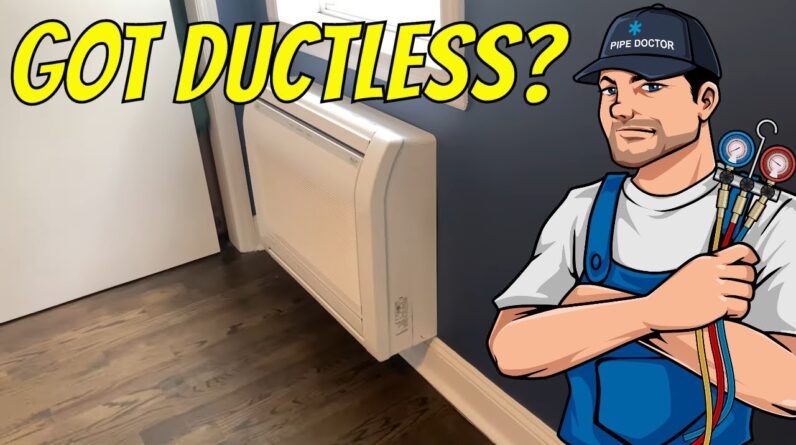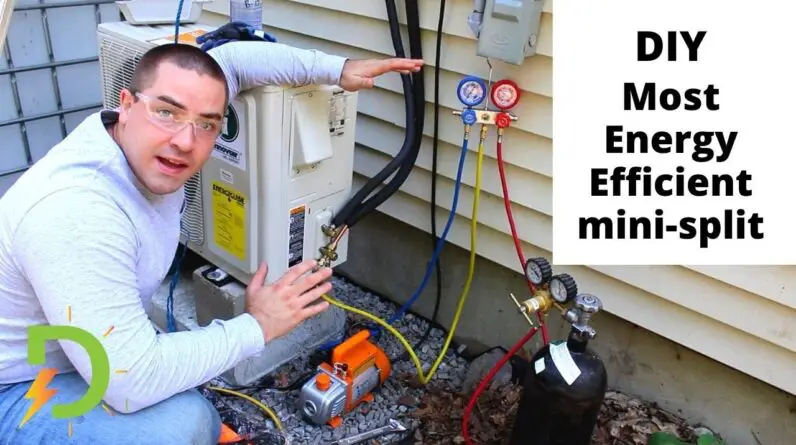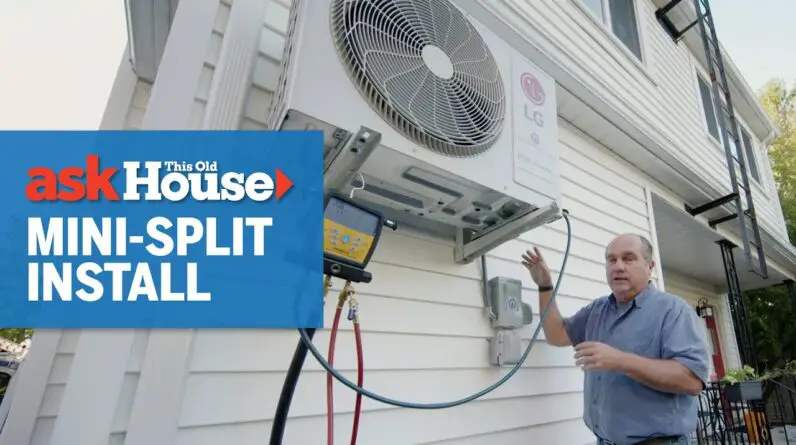Understanding Ductless Mini-Split Heat Pumps: A Comprehensive Guide
Introduction
In recent years, ductless mini-split heat pumps have gained immense popularity across urban and rural households alike. Renowned for their supposed cost-saving benefits and environmental impact, these systems have piqued the interest of many homeowners looking to upgrade their heating and cooling solutions. But what makes ductless mini-split heat pumps so revolutionary, and should you consider integrating one into your home? This article delves into the nitty-gritty of these systems, addressing efficiency, environmental impact, installation processes, and potential cost savings.
What Is a Ductless Mini-Split Heat Pump?
Without delving too deeply into technical jargon, a ductless mini-split heat pump essentially comprises three main components: the indoor unit, the outdoor unit, and a control system. The outdoor unit, often recognized by its box-like structure coupled with a large fan, plays a central role in the heat exchange process. This unit captures air from the external environment through the fan, which then interacts with a heating coil. This process can either heat or cool the air, using a refrigerant to convert warm air into cold air and vice versa.
The indoor component disseminates the conditioned air into the living space via a cassette, which can be strategically placed for optimal airflow. This modular system allows for flexible installation and effective climate control across different sections of a home.
The Big Question: Is It Worth the Investment?
One of the most frequently asked questions is whether or not ductless mini-split heat pumps are worth the investment. The answer is multifaceted and hinges on several critical factors.
-
Home Efficiency: Before even considering the installation of a mini-split heat pump, it is essential to ensure that your home is as energy-efficient as possible. This includes proper insulation and air-sealing techniques to reduce the overall heating and cooling load. The better insulated your home, the more efficient your mini-split heat pump will be, thereby maximizing cost savings in the long run.
-
System Size: The size of the system is quantified by BTUs (British Thermal Units), which measure the amount of energy needed to heat or cool a space. Your installer or supplier will usually determine the appropriate BTU capacity required based on a detailed assessment of your home. It’s crucial to rely on expert advice to identify the correct unit size for your needs.
-
Floor Plan: The layout of your home drastically impacts the efficacy of a mini-split heat pump. Open floor plans facilitate more efficient air circulation, making it easier for a single unit to condition large spaces. Conversely, multi-room homes may require multiple units for adequate coverage.
- Existing Heating or Cooling Systems: What you’re replacing can also dictate the impact and savings from a new mini-split system. Compared to electric baseboard heaters, oil furnaces, or gas furnaces, ductless mini-splits generally offer a substantial efficiency boost—ranging from 57% up to 300% depending on the system being replaced.
Installation: A Job Best Left to Professionals
While the allure of DIY projects is strong, installing a ductless mini-split heat pump should not be attempted without professional assistance. Several factors make this installation challenging:
- Electrical Work: A licensed electrician is required to handle the electrical connections for the unit.
- Complex Components: The intricate nature of the components, including the refrigerant lines and inverter technology, necessitates professional skills.
- Permits and Codes: Complying with local building codes and regulations might require specific permits, all of which are easier to handle with professional assistance.
Investing in a reliable installer ensures that the system is set up correctly, thereby enhancing performance, longevity, and safety.
Economic Impact: How Much Can You Save?
The economic benefits of ductless mini-split heat pumps largely depend on several variables, including the efficiency of your home, the type of existing HVAC system, and local electricity costs.
Real-World Examples of Savings
For instance, one homeowner reported significant reductions in their energy consumption after installing a ductless mini-split system and improving their home’s insulation and air sealing. By comparing their monthly electricity bills before and after installation, they noted using four times more energy in November 2018 than in November 2019 and over three times more in December 2018 than in December 2019. These dramatic energy savings highlight the potential financial benefits of such a system.
Environmental and Health Considerations
Environmental Impact
-
Refrigerants: One of the primary environmental concerns with heat pumps is the type of refrigerant used. Traditionally, refrigerants like R22 were common, but due to their high ozone depletion potential, they have largely been phased out. Modern systems now use R410a or even the more advanced R32, both of which have a lower environmental impact.
- Energy Sources: The overall environmental benefit is also contingent on the source of your electricity. If your home is powered by renewable energy sources like wind, hydro, or solar power, the carbon footprint of running a mini-split heat pump is considerably lower compared to fossil fuel-based energy sources.
Health Impact
The use of eco-friendly refrigerants minimizes health risks in case of a leak. Moreover, these systems can improve indoor air quality by effectively reducing indoor humidity and filtering out airborne particles, thereby fostering a healthier living environment.
Future-Proof Technology
One remarkable feature of mini-split heat pumps is their adaptability to other heating systems. Innovations now enable these units to integrate with hydronic heating systems. Thus, if you have underfloor heating, a heat pump can be employed to serve as the primary heat source, expanding the system’s versatility and future-proofing your home.
Manufacturer and Product Quality
Not all ductless mini-split heat pumps are created equal. Various manufacturers offer units with different ratings and performances. When selecting a unit, focus on:
- SEER Rating: Seasonal Energy Efficiency Ratio, which measures the cooling efficiency of the heat pump.
- HSPF Rating: Heating Seasonal Performance Factor, which quantifies heating efficiency.
Online resources like aahrinet.org provide reliable information on various models, helping consumers make informed decisions based on these efficiency metrics.
Longevity and Maintenance
Ductless mini-split heat pumps typically have a lifespan of 12 to 15 years. Over time, however, they will require maintenance to sustain optimal performance. Factors like dust, debris, and general wear and tear can degrade efficiency. Most units come with warranties, frequently ranging from 10 years upwards, offering some assurance regarding longevity and support.
Cost and Payback
The initial investment for a ductless mini-split system ranges between $3,000 and $5,000. To determine the payback period, calculate the potential savings on your electricity bill. For instance, if you conservatively estimate a 25% reduction in your power bill, you can quickly figure out how long it would take to recover your initial investment.
Final Thoughts and Recommendation
Ductless mini-split heat pumps represent a versatile, efficient, and environmentally-friendly option for home heating and cooling. However, their efficacy is significantly influenced by factors like home efficiency, installation quality, system size, and the current heating or cooling setup.
For those contemplating a switch, the advised course of action would be:
- Optimize Home Efficiency: Before installation, ensure your home is well-insulated and air-sealed.
- Consult Professionals: Engage with licensed professionals for both advice and installation.
- Research: Utilize resources like aahrinet.org to make an informed decision on the best unit for your needs.
- Evaluate Financials: Conduct a cost-benefit analysis to assess potential payback periods.
By considering these points, you can ascertain the true benefits and potential savings of a ductless mini-split heat pump, making an informed, beneficial investment in your home’s comfort and efficiency.
Conclusion
Ductless mini-split heat pumps offer an intriguing, efficient alternative to traditional HVAC systems. Important considerations such as professional installation, home efficiency, and environmental impact are crucial in maximizing their benefits. Conducting thorough research and consulting professionals can help ensure that you’re making a financially sound, environmentally responsible choice.
